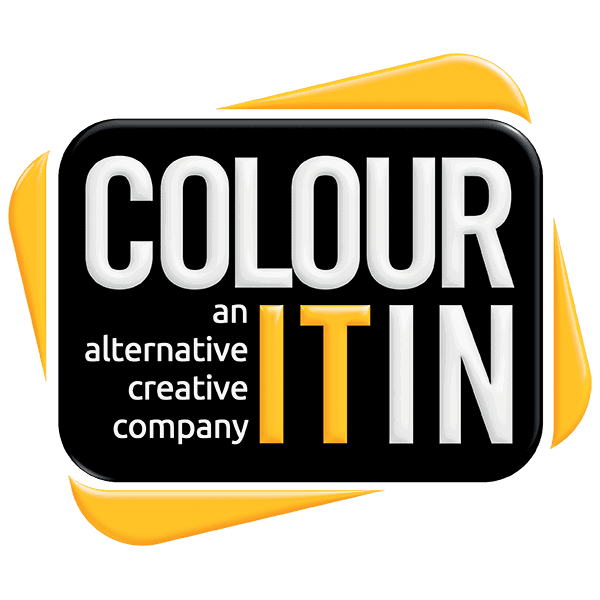When you think of Cadbury, you think of that deep, rich purple. Colour is a key part of branding because it builds associations in the minds of customers. Association means recognition, and recognition means trustworthiness.
Up to 90% of a customer’s initial assessment of a product is based on colour, so to make a good first impression, you’ll want to pick something good. And in a digital era where a good website is a must-have, it’s more important than ever to pick the right colour scheme for your website design.
Convinced? Here’s how you can put this into practice when choosing the website colour scheme for your business.
Match the logo
Perhaps you already have the perfect logo. If that’s the case, then your website colour scheme is already sorted — use the colours from your logo. Keeping your colours consistent reinforces the association between your branding and your business.
Use colour psychology
Colour psychology is the idea that colours can evoke certain emotions in people. It’s particularly relevant in marketing, where building brand associations is key. Red and yellow fast food chains may be something of a cliche at this point, but it works! Here are some examples of common colour associations:
- Red — passionate, urgent
- Orange — enthusiastic, friendly
- Yellow — joyful, happy
- Green — natural, relaxing
- Blue — trustworthy, fresh
- Purple — luxurious, mystical
- Pink — feminine, romantic
- Black — modern, serious
- Brown — grounded, reliable
- White — futuristic, clean
What image do you want your business to give off? Pick a main colour that matches with your image and values, and stick with it.
Integrate colour theory
Say you’ve chosen your primary colour. What do you pair with it? It’s time to take out the colour wheel.
You have several options for your colour scheme:
Analogous
Three colours that are next to each other on the colour wheel. Harmonious and modern.
Complementary
Two colours that are opposite each other on the colour wheel. This option, with its high contrast, is the most attention-grabbing.
Triadic
Three colours at the points of a triangle in the colour wheel. This is the most flexible of the options, with more colours and room to get creative.
Monochrome
Only one colour in various levels of saturation, tints, and shades. It’s harder to make it pop, but if one colour is very strongly associated with your brand, it may be good to double down.
A website like Adobe Color can help you find the right colours to pick based on these options.
Consider user experience
Colour plays a big part in your website’s user experience. The contrast between your primary colour and an accent colour can help outline your visual hierarchy: i.e. what you want the viewer to pay the most attention to. A bold orange “sign-up” button will get more attention (and clicks!) than a dull grey one.
Additionally, the colours you pick have a big impact on the readability of your website. Contrast makes text easier to read and keeps user attention — if your website is difficult to read, a potential customer won’t stick around and struggle through it. However, too much contrast strains the eyes, so it’s important to find a good balance.
Use a professional web design service
Do you want to make your website design stand out from the crowd? A professional web design service can give you the results you want, without the hassle of doing it yourself.
Colour It In is the place to go for all things creative marketing, from branding to web design. Don’t hesitate to contact us for more information, or browse our website to find out what we can do for your business.

